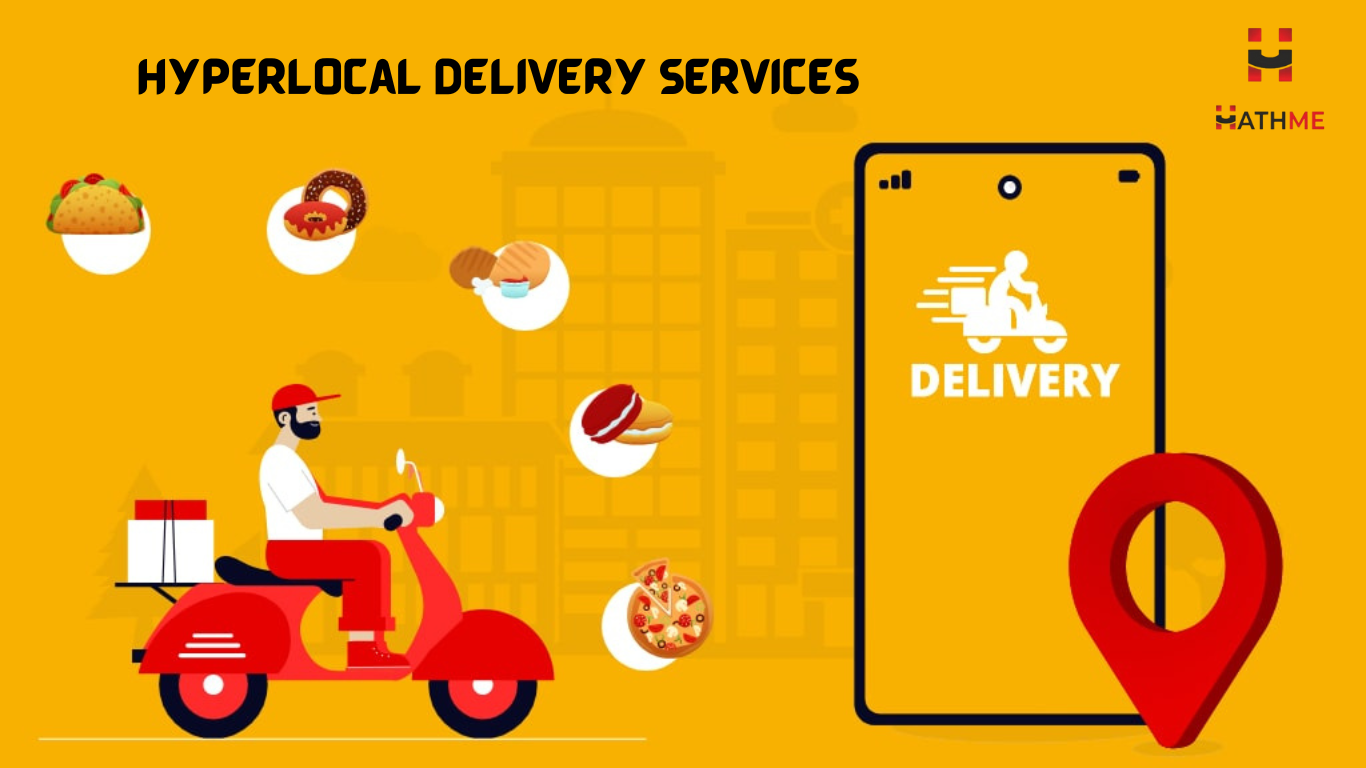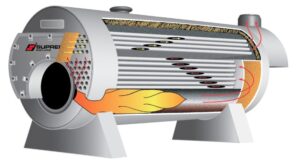The Future of Shopping: Hyperlocal Delivery Explained
- 1 What is hyperlocal delivery?
- 2 Which types of businesses can benefit from hyperlocal delivery services?
- 3 Different business models for hyperlocal delivery
- 3.1 Single-Store Model
- 3.2 Store-Pick Model
- 3.3 Hybrid Model
- 3.4 Aggregator Model
- 4 Hyperlocal vs. Last-Mile Delivery
- 5 How do you set up a hyperlocal delivery network?
- 6 Challenges pertaining to hyperlocal delivery
- 7 How do we overcome the challenges related to hyperlocal delivery?
Technological advancements will highly mark the future of shopping. We are already seeing that as hyperlocal delivery services gain momentum. Going physically to the store to buy products will soon be a thing of the past. Technology is evolving rapidly, and it is disrupting every sphere of life, be it in a good way or a bad way.
These days, we can shop for almost everything online. E-commerce services made this possible; soon after, quick commerce services emerged, which gave birth to hyperlocal delivery services.
What is hyperlocal delivery?
The hyperlocal delivery model focuses on a small geographical area and offers its delivery services to that particular area. Hyperlocal delivery services pick up goods from retailers and deliver them to customers within 30 minutes to an hour.
Hyperlocal delivery services deal mainly with products such as grocery items, FMCG products, food, fruits, vegetables, dairy products, medicines, personal care items, stationary goods, etc.
How does hyperlocal delivery function?
Hyperlocal delivery services function by allowing customers to place an online order for necessary items through a third-party app or directly from a local store. The order is then picked up by a delivery partner from the store and delivered to the customer within an hour or two.
Which types of businesses can benefit from hyperlocal delivery services?
Considering that hyperlocal delivery services deliver quickly, they can benefit businesses like grocery stores, restaurants, pharmacies, fruit and vegetable vendors, etc. By partnering with a third-party hyperlocal delivery service, these businesses can expand their customer base by delivering to their local customers.
Different business models for hyperlocal delivery
Single-Store Model
This model is usually followed by well-established businesses to serve their customers more efficiently and increase their customer base. They create their online ordering application with their very own delivery fleet to deliver items to their customers in a few minutes. A few examples of such businesses are Pizza Hut and Spencer.
Store-Pick Model
The store pick-up model basically means that customers pick up their own products from the store. This allows them to place their order online, after which the shop owners pack their goods, which are ready to be picked up by the time customers arrive.
Hybrid Model
Businesses or stores that offer both home delivery and self-pickup options are said to be functioning on the hybrid model. This is one of the most preferred models, as it gives customers the option to receive their products on their own at their preferred time or get them home delivered.
Aggregator Model
In this model, there is a hyperlocal delivery service that acts as a mediator between customers and merchants. It is a third-party delivery service that shopkeepers rely on to deliver goods to customers. A few examples of home delivery aggregators in India are Zomato, Blinkit, and HathMe.
Hyperlocal vs. Last-Mile Delivery
There are specific vital differences between last-mile and hyperlocal delivery, and these fundamental differences are:
Area: Last-mile deliveries are not geographically restricted. Products may be delivered to someone living in Delhi from a different city altogether, such as Mumbai. In contrast, hyperlocal delivery is confined to a certain geographical region.
Time: In the last-mile delivery model, goods are delivered in 24 hours or more, while hyperlocal delivery services deliver in only 2–4 hours.
Weight: In the last-mile delivery model, there are no restrictions on weight whatsoever, while in the hyperlocal delivery model, there are certain restrictions on weight because deliveries are often made via two-wheelers or cars.
Types of Products: Last-mile delivery can deliver almost all types of products, such as electronic appliances, clothes, footwear, etc., while hyperlocal delivery can deliver items such as groceries, food, medicines, fruits, and vegetables.
How do you set up a hyperlocal delivery network?
In order to set up a hyperlocal delivery network, you might want to consider the following factors:
- Determine the type of products you want to sell or deliver. Then, conduct quick research regarding customers’ behaviour and their demands in your target area.
- Find your target audience and focus on them.
- Partner with local retailers and businesses.
- Decide on a suitable model that would benefit your business.
- Set up an effective inventory management system and a logistics partner.
Challenges pertaining to hyperlocal delivery
- High competition.
- Poor management of the delivery fleet.
- Difficulty in managing delivery operations efficiently.
- Delay in delivery due to high traffic.
- It may include additional charges for its hyperlocal quick delivery service.
- Communication barriers with customers.
- Route-related issues.
- Issues while planning the route of multi-point deliveries.
How do we overcome the challenges related to hyperlocal delivery?
Automation is one way in which hyperlocal delivery companies can solve the problems related to hyperlocal delivery of items. Integrating an efficient inventory management system, logistics technology, or hyperlocal delivery software can help the entire delivery process run efficiently.
With ever-changing and ever-growing technology, businesses functioning in both online and offline modes are including technology in their delivery operations. This allows them to meet customers’ expectations efficiently. The hyperlocal delivery model is a very effective delivery model for items like groceries, medicines, food, fruits, and vegetables.

















